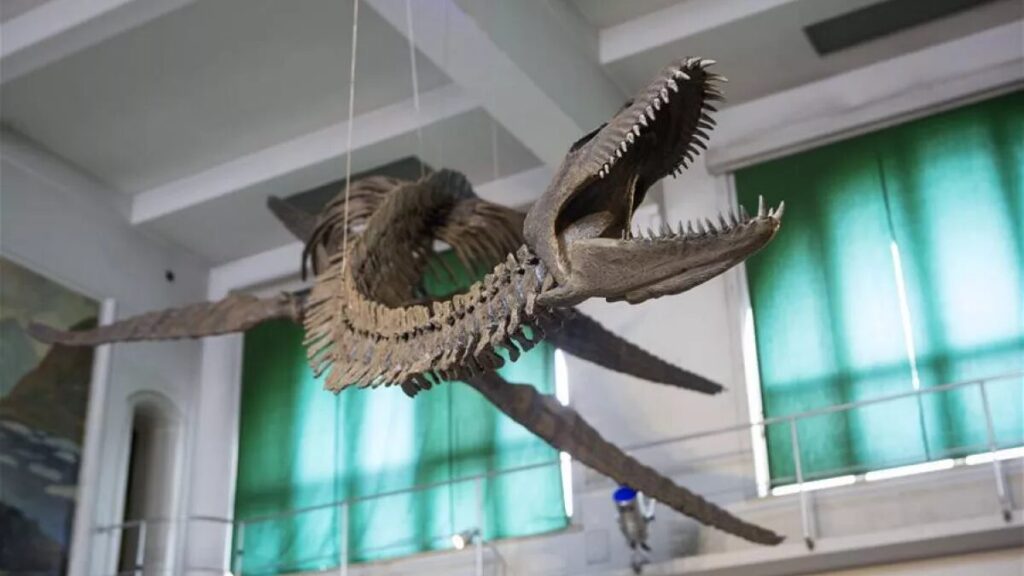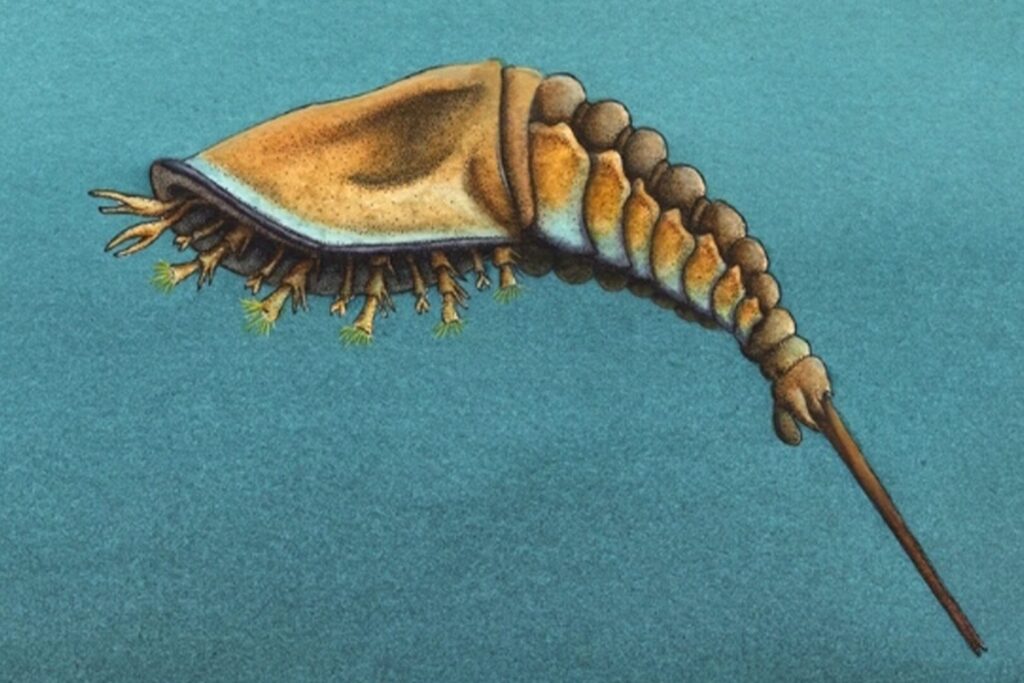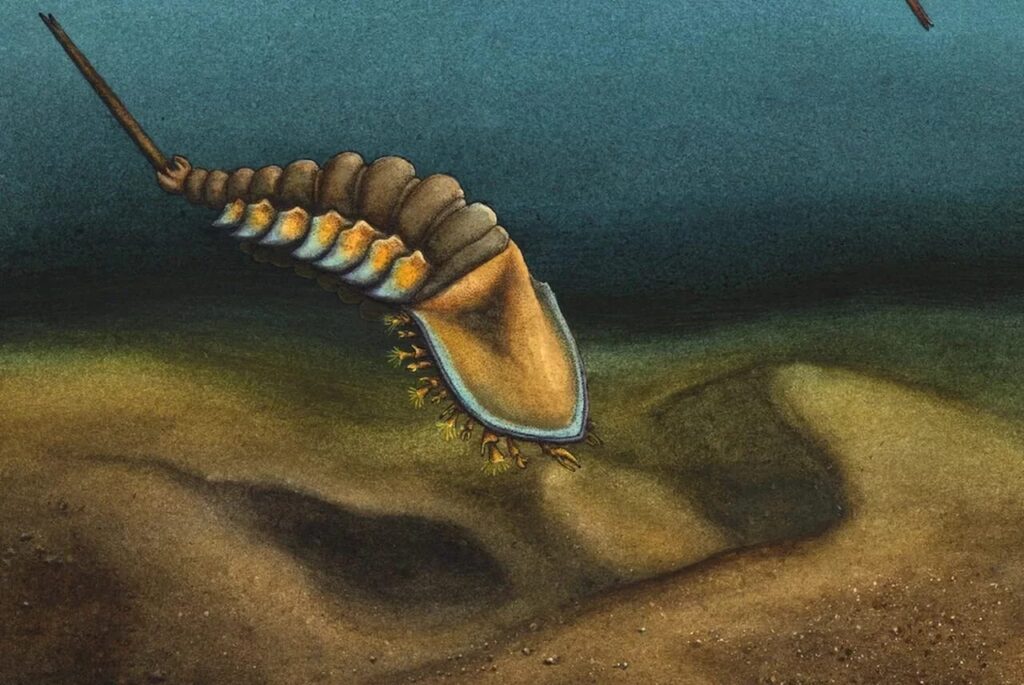Paleontologists have uncovered a fascinating new species that lived approximately 478 million years ago, believed to be the earliest known common ancestor of spiders, scorpions, and horseshoe crabs. This groundbreaking discovery sheds light on the ancient origins of these creatures and offers new insights into their evolutionary history.

The Oldest Ancestor of Spiders and Scorpions Found
Named Setapedites abundantis, this tiny creature measured just 5 millimeters in length and inhabited the oceans that once covered present-day Morocco. The fossils of this ancient arthropod were first discovered in the early 2000s, but detailed analysis has only recently been completed due to the intricate and time-consuming nature of fossil examination.

Through meticulous study, researchers determined that Setapedites abundantis belonged to the arthropod clade, specifically within the Euchelicerata group. Arthropods, which include insects, myriapods, crustaceans, and arachnids, make up about 75% of all known animal species on Earth. The Euchelicerata subgroup encompasses spiders, scorpions, horseshoe crabs, mites, and ticks, characterized by their chelicerae—specialized mouthparts used to grasp and envenomate prey.
Bridging the Evolutionary Gap
The evolutionary pathways that led to the divergence of these groups from other arthropods have been somewhat unclear. However, the discovery of Setapedites abundantis helps fill a significant gap in the evolutionary history of Euchelicerata. The research team, led by paleontologist Lorenzo Lustri, examined fossils from the Fezouata Shale formation. These fossils revealed anatomical features such as bifurcated extensions on the posterior, confirming the species’ placement within the Offacolidae family. Previously, this family was known only from the species Offacolus kingi, which lived during the Silurian period, around 444 to 420 million years ago.

The identification of Setapedites abundantis as a member of Offacolidae establishes it as the oldest known representative of the Euchelicerata. This discovery bridges the evolutionary gap between early arthropods and their modern descendants, offering crucial insights into the development of chelicerate features.
Future Research and Implications
With the fossil’s significance now recognized, the next step involves a more detailed examination to uncover the unique characteristics of Setapedites abundantis and understand their evolutionary implications. This research will enhance our knowledge of how modern spiders and other chelicerates evolved, providing a clearer picture of their ancient ancestors.
What are your thoughts on this remarkable discovery? Share your opinions in the comments section below.

